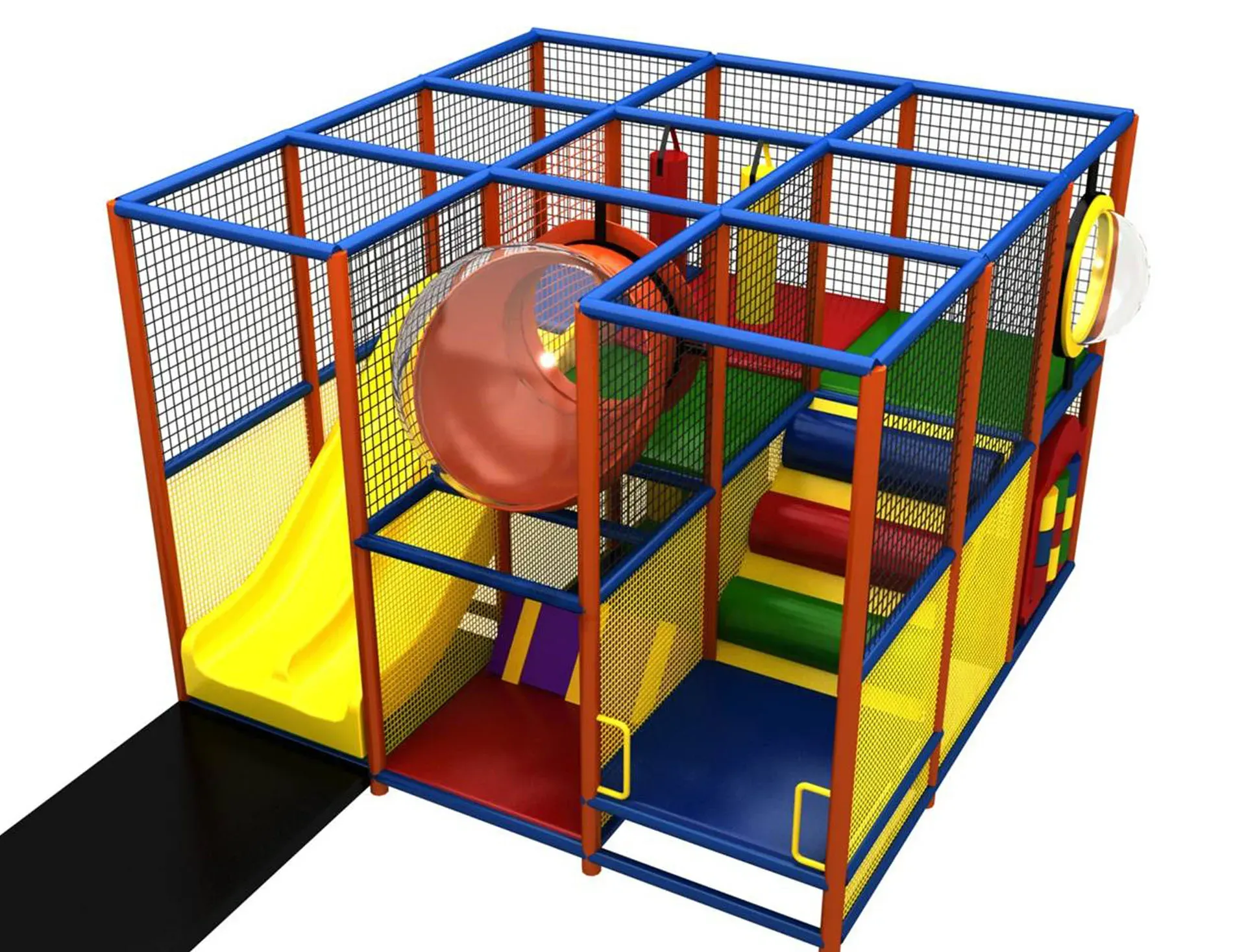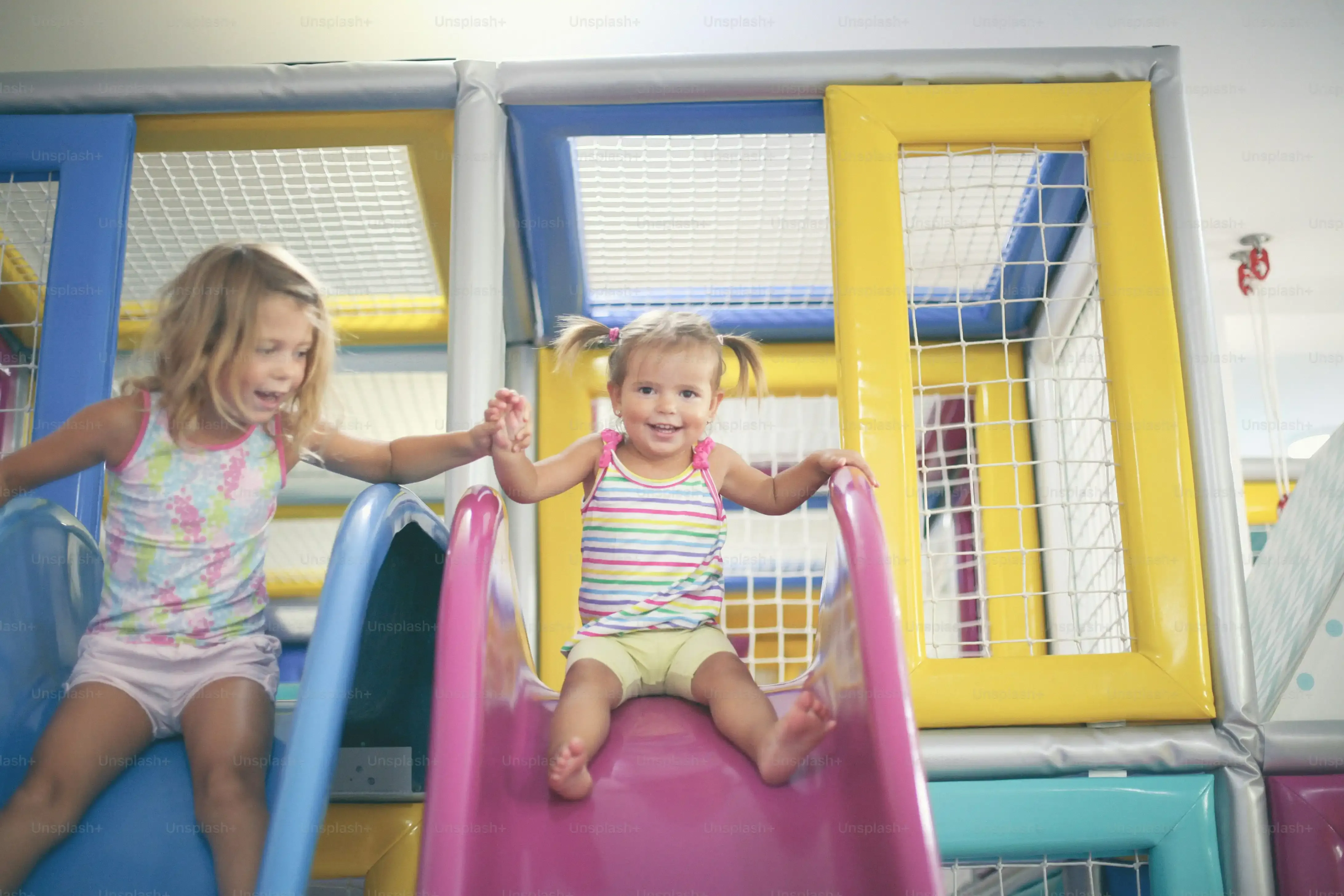Table of Contents
So, you're thinking about opening an indoor playground or adding one to your existing business? Great idea. Kids need places to burn off energy, and parents need a break. But then the inevitable question hits: "How much is this actually going to cost?" You start looking into commercial indoor playground equipment prices, and quickly realize there isn't a simple price tag. It's not like buying a swing set from the local hardware store. The numbers bounce around like hyper kids on caffeine. This article will cut through the noise and give you a realistic look at what goes into those commercial indoor playground equipment prices. We'll break down the major factors influencing the cost, look at where your money actually goes (equipment, installation, freight), and discuss how to get a handle on budgeting for your specific project. Let's figure out what you're really signing up for.
How Much Do Commercial Indoor Playground Equipment Prices Range?
The Initial Sticker Shock
Alright, let's get straight to the question that keeps potential owners up at night: How Much Do Commercial Indoor Playground Equipment Prices Range? If you were hoping for a nice, round number, prepare for disappointment. This isn't buying a pre-packaged jungle gym off Amazon. We're talking about custom-designed, safety-certified behemoths built to withstand a stampede of sugared-up toddlers. The cost isn't just a price tag; it's a calculation based on square footage, complexity, and features. Think of it less like buying a car and more like building a custom home. You can find figures floating around, but they are often just rough estimates, starting anywhere from maybe $50 per square meter for something incredibly basic and small, scaling up dramatically.
Breaking Down the Square Meter Estimates
If you want slightly more concrete numbers, the industry often talks in terms of cost per square meter, but even this varies wildly. A simple, two-level structure designed for younger kids might land you in the ballpark of $100 to $150 per square meter. Step up to a more complex, three-level monster with tunnels and slides galore, and you're likely looking at $220 to $280 per square meter. Want something truly epic, with multiple levels, elaborate themes, and specialized play elements? That can easily push past $300, sometimes even hitting $500 per square meter or more depending on the manufacturer and design complexity. These are just the equipment structure costs, mind you. The price climbs fast as you add height and intricate features.
Here's a quick look at those per-square-meter estimates:
- Basic 2-Level Structure: $100 - $150 per square meter
- Standard 3-Level Structure: $220 - $280 per square meter
- Complex Multi-Level/Themed Structure: $300 - $500+ per square meter
Factors That Push Commercial Indoor Playground Equipment Costs Up or Down

Factors That Push Commercial Indoor Playground Equipment Costs Up or Down
It's All About Size and What's Inside
so you've seen the per-square-meter estimates, but let's dig into *why* those numbers jump around so much when you're looking at commercial indoor playground equipment prices. Think about it. A small, single-level structure for a cafe corner is a vastly different beast than a multi-story adventure land for a dedicated play center. The sheer size, measured in square meters (or feet, if you prefer), is the most obvious factor. More space means more materials, more design work, and more labor. But it's not just the footprint. The height matters too. A two-level structure is cheaper than a four-level one, naturally. Then there's what you cram *into* that space. Are you adding simple obstacles and slides, or complex tube crawls, giant wave slides, ball pits, and climbing walls? Each element adds cost based on its complexity, materials, and engineering requirements.
Materials, Themes, and Fancy Bits
The materials used make a big difference to commercial indoor playground equipment prices. Soft play elements, like padded platforms and basic foam shapes, tend to be on the lower end. Durable plastic components, complex rope nets, and specialized climbing structures are pricier. If you want a specific theme – say, a pirate ship or a jungle adventure – that adds another layer of cost. Custom theming requires unique molds, detailed artwork, and specialized fabrication. Safety features, while non-negotiable, also factor in. High-quality padding, netting, and safety flooring are essential, and you get what you pay for in terms of durability and compliance with regulations. Don't skimp here; a lawsuit is way more expensive than good padding. Adding interactive elements, like electronic games or light features, pushes the price tag even higher.
Here are some key factors driving up the cost:
- Increased square footage and height
- More complex multi-level designs
- Adding numerous or intricate play elements (tube slides, climbing walls, etc.)
- Using higher-cost materials (durable plastics, complex netting)
- Implementing custom themes and detailed artwork
- Including interactive or electronic features
- Choosing premium safety padding and flooring
Beyond the Structure: Installation, Freight, and Other Costs

Beyond the Structure: Installation, Freight, and Other Costs
Putting the Puzzle Together: Installation Costs
so you've got the quote for the structure itself, which is a huge chunk of the commercial indoor playground equipment prices. But that metal frame, those plastic tubes, and all that padding don't magically assemble themselves. Installation is a significant cost you absolutely have to factor in. We're talking about bringing in a crew, likely specialists who know how to piece together these complex systems safely and correctly, adhering to all the safety standards. This typically accounts for around 15% of the total project budget. Now, some manufacturers offer installation as part of the package, while others leave it up to you. Can you save money by doing it yourself? Maybe, if you have a highly skilled team with experience in this sort of thing, but for most folks, it's probably not worth the headache or the potential safety risks. Getting it wrong could be disastrous.
Installation considerations:
- Specialized labor required
- Accounts for roughly 15% of total cost
- DIY installation *might* save money, but is risky without experience
- Safety compliance is paramount during installation
Getting It There: Freight and Taxes
Another piece of the commercial indoor playground equipment prices puzzle that often gets overlooked until the last minute is getting the actual equipment from the factory to your location. Freight costs can be substantial, especially for large structures that fill up multiple shipping containers. This cost varies wildly depending on where the equipment is manufactured (often overseas) and where you are located. Then there are taxes and import duties, which also depend on your country's regulations. Just like installation, these costs can add another 15% or so to your overall budget. It's not just the price of the steel and plastic; it's the price of moving it across oceans and borders and dealing with the paperwork. Don't forget to ask your supplier for a clear breakdown of these charges early in the process.
Getting a Real Number: Customizing Your Indoor Playground Budget

Getting a Real Number: Customizing Your Indoor Playground Budget
Pinpointing Your Specific Commercial Indoor Playground Equipment Prices
So, we've talked about the ranges and the factors that make commercial indoor playground equipment prices bounce around like a kid on a trampoline. But how do you get *your* number? The truth is, those square meter estimates are just a starting point, like looking at the base model price for a car before you add any options. To get a real figure, you have to get specific. This means working closely with a playground equipment supplier. They need to know your space dimensions, your ceiling height, the age range of the kids you're targeting, the types of play elements you want, and any themes you have in mind. Think of it as the design phase. You tell them your vision, and they translate that into a layout and a detailed quote. This quote will break down the cost of the structure, often itemizing different components, and should include estimates for installation and freight based on your location. Don't settle for vague numbers; push for detail.
Here’s what a supplier will need to give you an accurate quote:
- Detailed floor plan and dimensions of your space
- Ceiling height
- Target age range of children
- Desired play activities and features
- Any specific theme ideas
- Your location (for freight and installation estimates)
Making Sense of the Investment
Figuring out commercial indoor playground equipment prices isn't a quick Google search. As we've seen, the final figure is a mix of square meters, how high you stack the fun, the bells and whistles you add, and the logistics of getting it to your door and bolted down. It's a significant investment, no doubt about it. But it's also an asset that can draw families, keep kids entertained safely, and potentially provide a solid return. The key is doing your homework, getting detailed quotes based on your specific space and vision, and understanding where each dollar is allocated. Don't expect a magic number upfront, but with careful planning, you can build a playground that fits your budget and actually gets used.